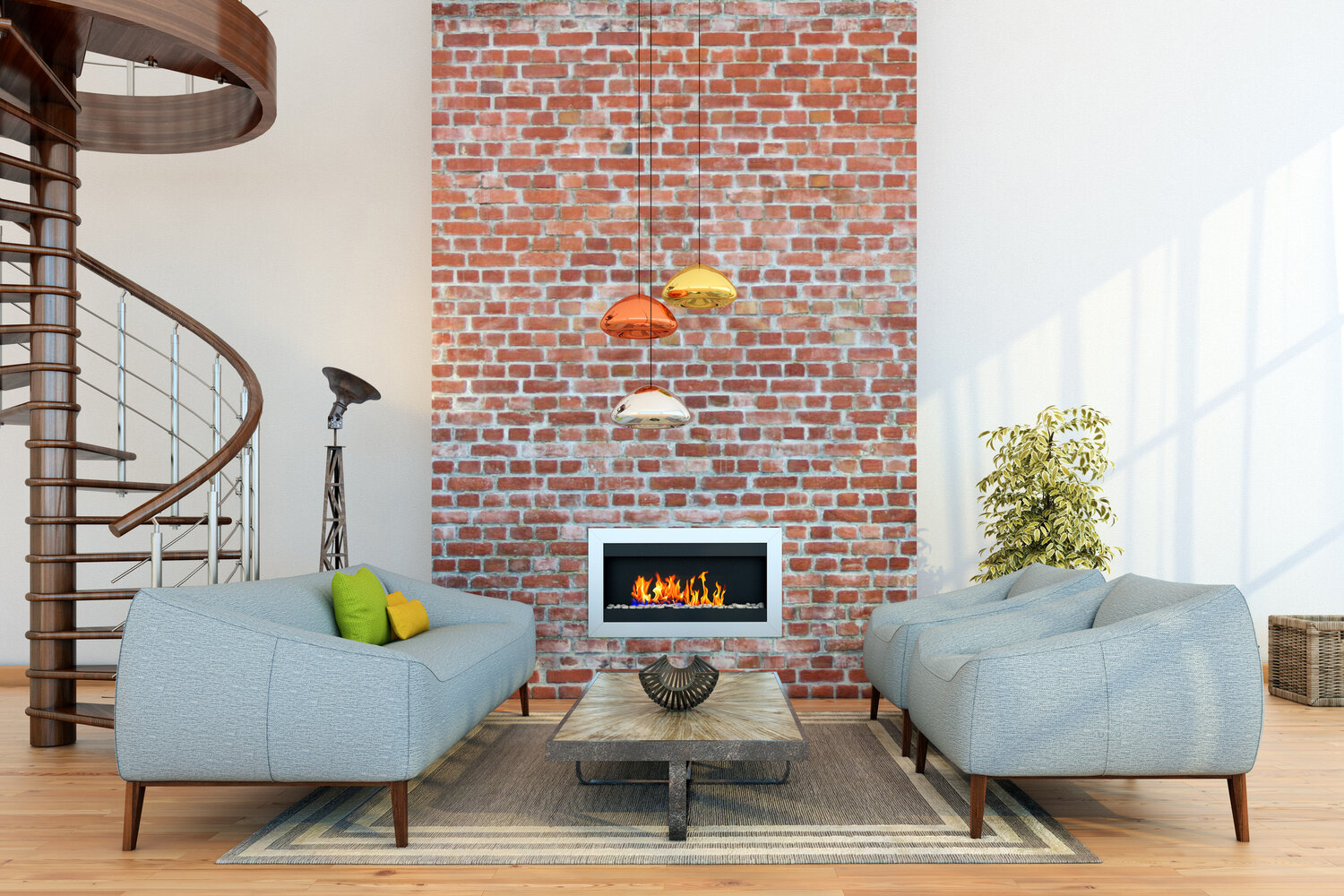Owning an older or historic home comes with unique challenges when trying to improve energy efficiency while preserving architectural character. Many homeowners believe they must choose between authentic aesthetics and modern comfort, but this is no longer the case. With thoughtful planning and appropriate techniques, you can significantly reduce energy consumption in your historic property while maintaining its charm and integrity. This guide explores preservation-friendly approaches to weatherization, insulation, and system upgrades that respect your home’s heritage while reducing utility bills and environmental impact.
Understanding Your Historic Home as a System
Before making any energy efficiency upgrades to a historic home, it’s essential to understand how older buildings function as integrated systems. Unlike modern construction, many older homes were designed with natural ventilation and materials that absorb and release moisture. Hasty modernization can disrupt these inherent qualities and potentially cause damage. A comprehensive energy audit specifically tailored for historic properties is an excellent first step. These specialized assessments identify where energy is being lost while considering the unique characteristics of traditional building methods. Many preservation organizations can recommend qualified professionals experienced in old house renovation techniques that honor both efficiency and historic integrity.
Weatherization: The Preservation-Friendly First Step
The most cost-effective energy efficiency improvements often start with basic weatherization, which typically has minimal impact on a home’s historic character. Air sealing around plumbing penetrations, chimneys, and other utility openings can significantly reduce drafts without altering appearance. For historic windows, which are often targeted for replacement, preservation-minded approaches can deliver comparable performance improvements while maintaining original features. Interior storm windows offer excellent thermal benefits without changing exterior appearances. These removable panels are installed on the inside of existing windows, creating an insulating air pocket that dramatically reduces heat transfer. Modern versions are nearly invisible when installed and can be removed during favorable weather conditions.
Insulation Strategies That Preserve Character
Insulating older homes requires careful consideration of both thermal performance and moisture management. Attic insulation offers the greatest energy-saving potential with minimal preservation concerns. When performing attic air sealing and insulation work, take care to maintain proper ventilation pathways to prevent moisture buildup. For walls, non-invasive options like blown-in cellulose insulation can be added through small, repairable holes that minimize disturbance to historic plaster and woodwork. Basement and crawlspace insulation should focus on the rim joists and foundation walls using materials appropriate for potentially damp conditions. Throughout any insulation project in a historic home, it’s critical to use vapor-permeable materials that allow the structure to manage moisture as originally designed.
Mechanical Systems: Modern Efficiency in Historic Spaces
Upgrading mechanical systems represents a significant opportunity for energy efficiency in historic homes without compromising architectural features. High-efficiency HVAC systems can be integrated thoughtfully, often utilizing existing ductwork or creating new, minimally invasive pathways. Mini-split heat pump systems offer excellent zone control with small-diameter tubing rather than extensive ductwork, making them ideal for historic preservation projects. When upgrading water heaters, compact tank or tankless models can deliver energy savings while fitting into existing utility spaces. According to experts at AskHomey, carefully planning mechanical upgrades can provide modern comfort while respecting a home’s historic integrity—a balance that increases both livability and property value.
Lighting and Appliance Upgrades
Modernizing lighting in historic homes can significantly reduce energy consumption without affecting architectural character. Period-appropriate LED fixtures and bulbs that mimic the warm glow of incandescent lighting are now widely available. These can be installed in original fixtures to maintain authenticity while reducing electricity use by up to 80%. Similarly, energy-efficient appliances can be integrated into historic kitchens through thoughtful design that preserves period aesthetics while incorporating modern functionality. Many manufacturers now offer appliances with traditional styling but contemporary energy performance, allowing homeowners to maintain a cohesive look while reducing utility costs.
Planning Your Preservation-Minded Energy Upgrades
Approaching energy efficiency in older homes requires a holistic strategy that respects the property’s historic significance. Create a prioritized plan based on potential energy savings, preservation impact, and budget considerations. Many states and municipalities offer tax incentives or grants for energy improvements to historic properties, making these upgrades more financially feasible. Working with professionals experienced in both preservation and energy efficiency ensures that improvements are compatible with your home’s unique characteristics. Remember that small, incremental changes can add up to significant energy savings over time without compromising the authentic character that makes your historic home special.
For more tips and to connect with reliable home service professionals, follow AskHomey on Facebook and Instagram.



